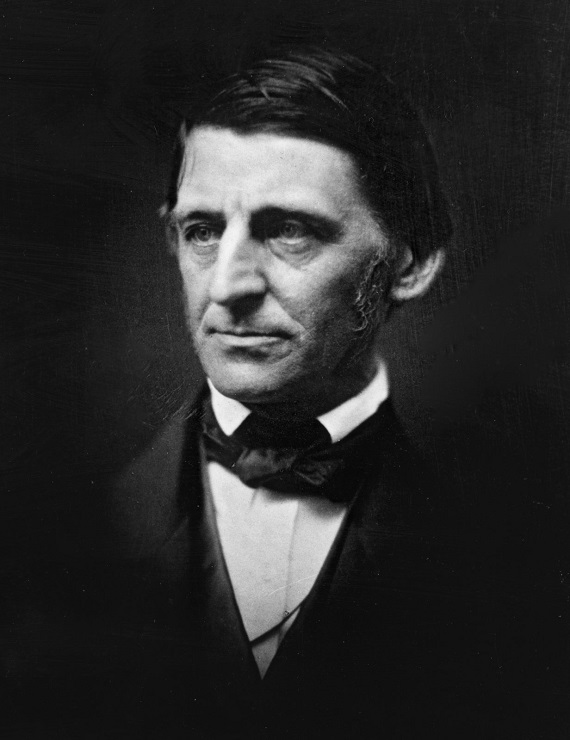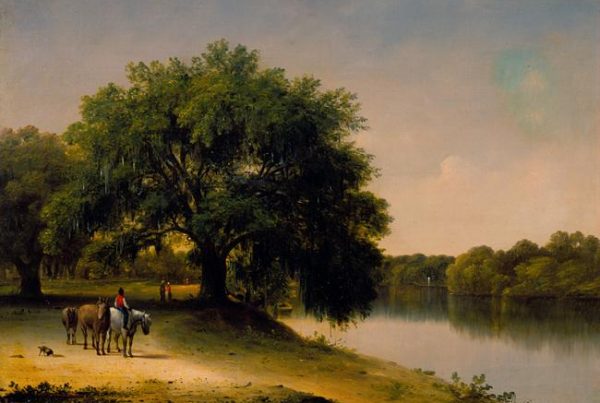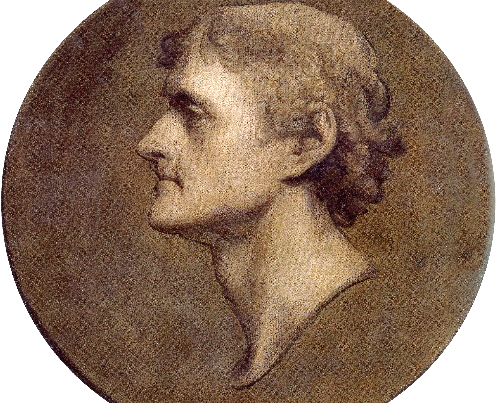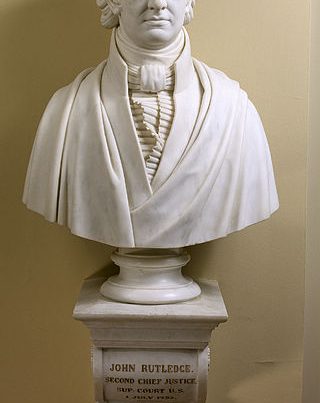
While Fake News may be a new term, the concept has a long history. We have been taught that a free, independent, and ethical press is essential for a free society to function and thrive; however, in practice, the American press has typically been far from these ideals. The press has been most malicious in times of crisis, acting not as recorders of history, but active players in the drama, manipulating both public opinion and political leaders.
Leading up to the War Between the States, reporters for major newspapers and periodicals saw themselves as entitled to embellish stories in a custom or practice referred to as “faking it” in order to attract readers and maximize distribution and sales.[1] The two main newspapers in New York at the time were the Tribune, managed by Horace Greeley, which was anti-slavery and progressive, and the Herald, run by Gordon Bennett. The Herald had by far the largest daily circulation, but the weekly Tribune, which was nationwide, had over 200,000 readers making it the most influential paper across the country, especially in the Yankee Midwest.[2] Greeley made a practice of sending reporters to the South to describe the worst aspects of slavery for the Northern reader which incensed Bennett. One account taken from “Disease in the Public Mind” goes as follows:
“One vivid story portrayed a dialogue between a slave and a would-be buyer at a slave auction. A male slave was trying to persuade the white man to buy him, his wife, and two children. “Look at me, Masr. Am prime rice planter; sho you won’t find a better man den me . . . Do carpenter work too, a little. I be good servent, Masr. Molly, my wife, too . . . Fus rate rice hand. Mos’ as good as me. Stan’ out, Molly, let the gen’lemu see.” Molly stepped out and her husband praised her. “Good arm, dat, mas’r. She do a heap of work mo. Let good Mas’er see your teeth. All reg’lar.” He ordered his seven-year-old son, Israel, to step out and “show the gen’lman how spry you be.” Next he displayed his three-year-old daughter, Vandy. “Make prime girl by and by. Better buy us, Mas’er. We fus’rate bargain.” The story closed with the reporter’s acid words, “The benevolent gentleman . . . bought someone else.””[3][4]
Some of these stories, which may have had a kernel of truth, had the effect of making a bad situation much worse. In this particular example, the basis of which can’t be sourced or proven, the story has lived on and been repeated in other books and media since in various adapted forms. Note, how a dialect is portrayed in alternative spelling to emphasize illiteracy.
The Tribune consistently pictured southern plantations as “Negro Harems” and further stated that Southerners regularly hired female slaves for the purpose of prostitution. On a typical Southern night, “ebony hued divinities” strolled to “the office of a colonel on one street, a doctor in another, a lawyer in another.” As a result of these practices the southerner developed a scorn for daily labor. The Tribune had claimed that no Southern president “has failed to leave . . . mulatto children” and that the South had fewer religious people and churches than in the North. [5] Religious participation was roughly the same, at about 35% of the population, but this was only true because of a rapidly growing Catholic population in the North. If Catholics were excluded, as they would have been from the very definition of Christianity by progressive Northern Evangelicals, the South had a larger percentage of protestant population. While there were a fair amount of mixed race births, it wasn’t common either and claims of sexual abuse and exploitation were literary fabrications that, at best, would take a single incident or accusation and project it across an entire population. The South was consistently portrayed as being far behind the North in every conceivable way and was an impediment to the progress of the Puritan nation.
The feedback between the prominent abolitionists and the publishers that catered to them was like an amplifier without no external feedback loop or filter. Following the pattern of the evangelical tent meeting, they believed that smearing the South’s reputation in every way possible was the best way to create the sort of fear or anxiety that would lead to mass conversion to their cause. In one recurring analogy the South was portrayed as a province ruled by Satan that would consume the North’s soul if the citizens did not put an end to the sin of slavery. The South’s lust for power was built into the system where Southerners learned to dominate male slaves and sexually exploit female slaves from boyhood (note that no assessment of the percentage of the population that owned slaves was provided here – everyone is guilty) creating an “erotic society” where whites were guilty of “all the vicious gratifications that unrestrained lust can amalgamate”. “Southern states are one great Sodom.”[6][7]
The sexual imagery and accusations were especially impactful to Yankee women who made up a large portion of the abolitionist movements and rapidly evolving Northern evangelicalism. In reality, strong religious faith and culture amongst the Southern population, even amongst people who were not active religious participants, led most to take their marriage vows seriously.
Protestant ministers identified “Slave Power” as the anti-Christ that came to power in America after their Protestant ancestors had defeated this evil in a century’s long struggle with the Catholic Church. The South was the apocalyptic dragon of Revelation, coming to strangle freedom in the North as it had in the South. [8] Some wove this into an alternative historical narrative where the Louisiana territory was acquired for the expansion of slavery, Jefferson’s embargo during the War of 1812 was done to cripple New England, Southern military leaders prevented “the brave soldiers of New England and New York from capturing Canada”, and caused the financial panic of 1837, draining wealth from New England and the North.[9] They also consistently claimed that the South was far behind the north in per capita wealth which was far from true, and developed false quotes from their adversaries to argue against. Garrison, who enthusiastically embraced and participated in all this sort of discourse despite his evolving religious views, added “the spirit of southern slavery is a spirit of EXTERMINATION against all those who represent it as a dishonor to our country, rebellion against God and treason to the liberties of mankind.”[10]
Clyde Wilson summarized the situation of 1860 by saying, “the North had been Yankeeized, for the most part quietly, by control of churches, schools, and other cultural institutions, by whipping up a frenzy of paranoia about the alleged plot of the South to spread slavery to the North”.[11] This, of course, wasn’t planned or even conceived of and couldn’t happen for economic reasons that constrained the spread of slavery.
Dealing with this small but loud contingent of people posed some challenges for the Republican Party that wanted support of abolitionists and their associated media outlets, but realized they were a small group and were alienating others. In Kansas they came up with the slogan “free soil for free men”. This incorporated an appeal to the Free Soil party and the anti-slavery settlers, which was a state without Blacks either slave or free. By not saying “free white men” they didn’t specifically confront the various types of abolitionists and walked a line between all these stakeholder groups.[12]
So in the end how effective was the abuse of media at swaying public opinion? Even given distribution numbers for papers and periodicals that approached 200,000 this was only about 1.6 percent of the Northern adult population at the time of the war which roughly paralleled abolition societies total membership. This coupled with the stagnant or decreasing size of the abolitionist movement would lead to the conclusion of “not much” but the narrative did appear to dominate the political discourse and force others to respond to it. The following account from Thomas Fleming of an encounter between Lincoln and two antislavery clergymen drives home the point that the abolitionist case was not making headway with the electorate, “Lincoln urged them to understand that they were part of a movement, which meant they talked mostly to each other. As president, he heard opinions from many sorts of people throughout the nation and “it appears to me the great masses of the country care comparatively little about the Negro.” He urged them to go home and try to bring more people to their views.”[13]
Even as the War progressed towards its later phases, the abolitionists’ political and media power made it very difficult for Lincoln to negotiate any sort of peace. On December 1 of 1862, one month before the Emancipation Proclamation, Lincoln gave his annual address to congress that proposed three elements for gradual emancipation that could extend as far into the future at 1900 in order to “spare both races from the dangers of sudden derangement” and to spare freed slaves “from the vagrant destitution that must largely attend immediate emancipation”. His plan would also include compensation for slave owners as he recognized all other countries that had ended slavery did this.[14] This may have spared the reunited country over a hundred years of misery but the radical Republicans and the abolitionist press would have none of it and theirs was the position reflected in the proclamation. When Lincoln asked Congress to consider a constitutional amendment that would guarantee gradual compensated emancipation to any state, the abolitionist response shut this down rapidly. William Lloyd Garrison declared, “The president is demented—or else a veritable Rip Van Winkle… (His proposal) borders upon hopeless lunacy”. Abolitionist Wendell Phillips said the president “had no mind whatever” and compared him to a tortoise. Phillips had previously referred to Lincoln as a “county court advocate” and Lincoln said of him “I don’t see how God lets him live!”[15]
According to historian of slavery, David Brion Davis, in The Slave Power Conspiracy (from Walter Fleming Lectures on Southern History), the final “paranoid” phase of the abolitionist movement was launched by as few as twenty five people[16] who had a large media presence and financial resources. The reality of abolitionism is that there were some who held to a modern concept of racial equality but far more were driven by a hatred of the South and belief in their own cultural superiority. Most would have been in agreement with abolitionist and renown author, Ralph Waldo Emerson who predicted that black people being an “inferior race” would eventually “go the way of the Dodo Bird” into extinction.[17]
[1] Fleming, Thomas. A Disease in the Public Mind (p. 216). Hachette Books..
[2] Fleming, Thomas. A Disease in the Public Mind (p. 217). Hachette Books..
[3] Fleming, Thomas. A Disease in the Public Mind (p. 217). Hachette Books.
[4] Craven, The Coming of the Civil War, 341–343,
[5] Fleming, Thomas. A Disease in the Public Mind (p. 217 – 218). Hachette Books.
[6] Fleming, Thomas. A Disease in the Public Mind (p. 178). Hachette Books.
[7] Arkin, “The Federalist Trope,” 94..
[8] Fleming, Thomas. A Disease in the Public Mind (p. 178). Hachette Books.
[9] Fleming, Thomas. A Disease in the Public Mind (p. 178 – 179). Hachette Books.
[10] Charles Sumner, The Works of Charles Sumner (Boston: 1875), p. 64..
[11] https://www.lewrockwell.com/2013/07/thomas-dilorenzo/who-caused-the-1861-65-bloodbath/
[12] Fleming, Thomas. A Disease in the Public Mind (p. 214 – 215). Hachette Books.
[13] Fleming, Thomas. A Disease in the Public Mind (p. 295). Hachette Books.
[14] Sale, Kirkpatrick, Emancipation Hell – The Tragedy Wrought by Lincoln’s Emancipation Proclamation, Shotwell Publishing, p. 10-11
[15] Fleming, Thomas. A Disease in the Public Mind (p. 294 – 297). Hachette Books.
[16] Davis, David Bryan The Slave Power Conspiracy, p. 62
[17] https://www.lewrockwell.com/2013/07/thomas-dilorenzo/who-caused-the-1861-65-bloodbath/






